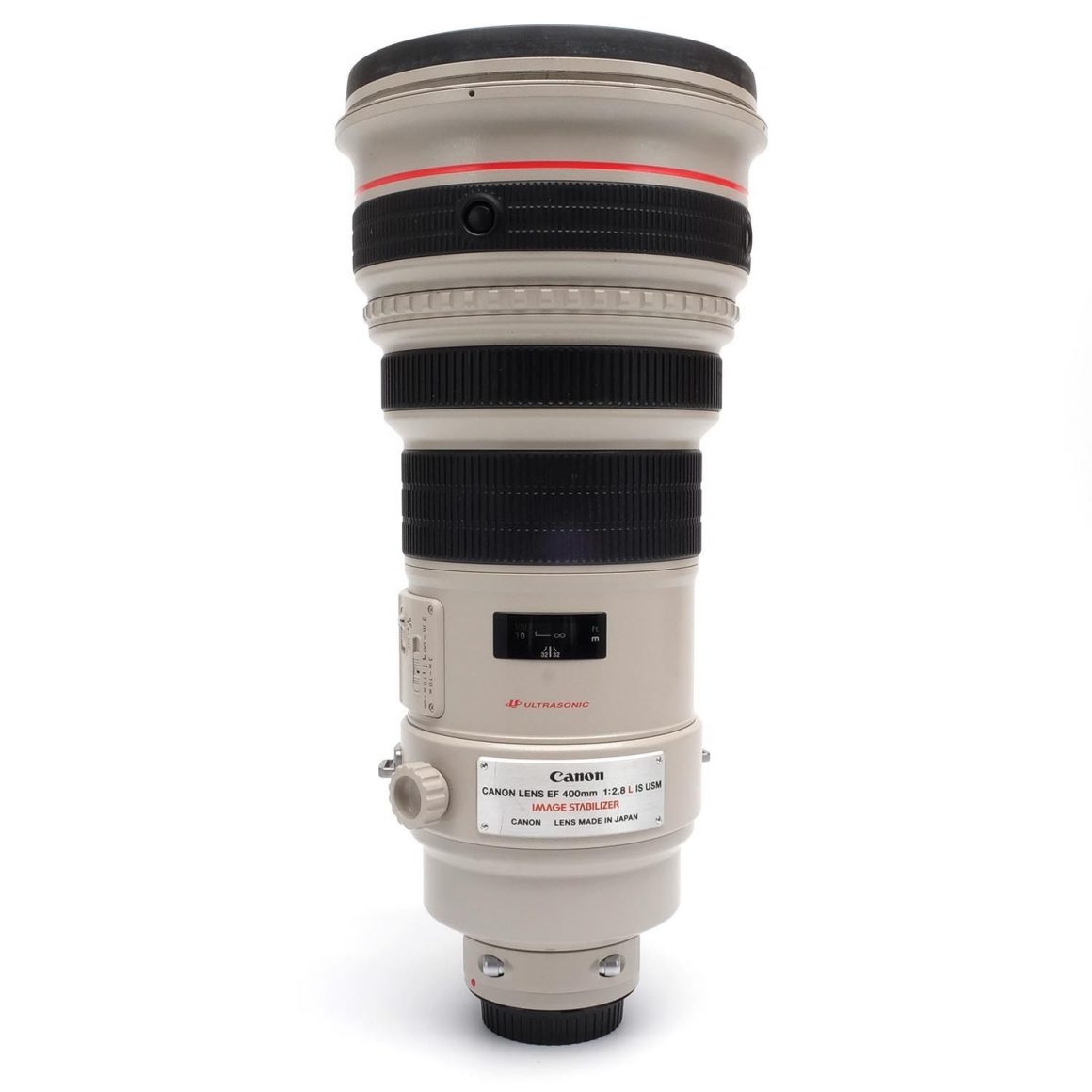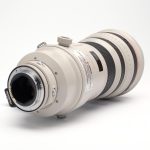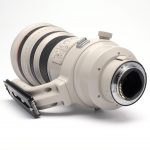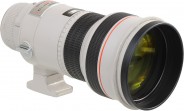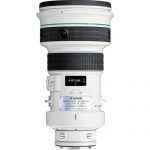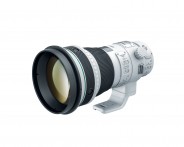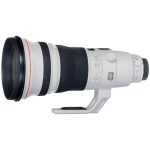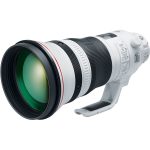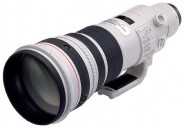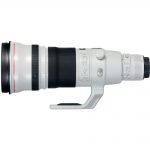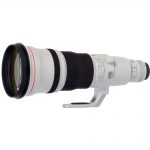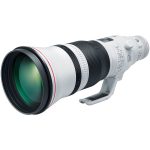Canon EF 400mm F/2.8L IS USM
Super telephoto prime lens • Film era • Discontinued
- Announced:
- · September 1999
- Production status:
- ● Discontinued
- Country of design:
- · Japan
- Original name:
- · CANON LENS EF 400mm 1:2.8 L IS USM
- Class:
- · Fast full-frame super telephoto prime lens
- · Professional model (Top class)
- System:
- · Canon EOS (1987)
Abbreviations
| EF | The lens is designed for Canon EOS 35mm SLR cameras but can be also used on Canon EOS APS-C digital SLR cameras. |
| L | Professional lens with high quality optics and robust build. Meets the highest standards and provides excellent performance and flawless image quality unachievable with traditional optical technologies. |
| IS | The lens is equipped with Image Stabilizer. |
| USM | The lens is equipped with Ultrasonic Motor. |
Model history (5)
| ■Canon EF 400mm F/2.8L USM | A | 11 - 9 | 4.00m | -- | 1991 ● | |
| ■Canon EF 400mm F/2.8L II USM | A | 11 - 9 | 4.00m | -- | 1996 ● | |
| ■Canon EF 400mm F/2.8L IS USM | A | 17 - 13 | 3.00m | -- | 1999 ● | |
| ■Canon EF 400mm F/2.8L IS II USM | A | 16 - 12 | 2.70m | -- | 2011 ● | |
| ■Canon EF 400mm F/2.8L IS III USM | A | 17 - 13 | 2.50m | -- | 2018 ● | |
Specification
| Optical design: | |
| 35mm full frame | |
| 400mm | |
| F/2.8 | |
| 17 elements in 13 groups | |
| 1 FL, 2 UD | |
| Internal focusing (IF) | |
| Canon EF [44mm] | |
| 6.2° (35mm full frame) | |
| On Canon EOS APS-C [1.59x] cameras: | |
35mm equivalent focal length: | 636mm (in terms of field of view) |
35mm equivalent speed: | F/4.5 (in terms of depth of field) |
Diagonal angle of view: | 3.9° |
| Diaphragm mechanism: | |
Diaphragm type: | Automatic |
Aperture control: | None; the aperture is controlled from the camera |
| 8 (eight) | |
| Focusing: | |
| 3m | |
| 1:6.67 | |
Focusing modes: | Autofocus (AF), Manual focus (MF) |
Autofocus motor: | Ring-type Ultrasonic Motor |
Manual focus control: | Focusing ring |
Focus mode selector: | AF - MF |
Full-Time Manual Focus (FTM): | Yes |
Focusing distance range limiter: | 3m - INF / 3m - 10m / 10m - INF |
| Image Stabilizer (IS): | |
| Yes | |
IS features: | Mode 1 |
| Mode 2 | |
| up to 2 stops | |
| Physical characteristics: | |
| 5370g | |
| ⌀163×349mm | |
| Dust-proof and water-resistant barrel | |
| - | |
| Accessories: | |
| Removable front filters are not accepted | |
Additional features: | Drop-in filter holder (52mm) |
| ET-155 - Clamp-on round | |
| Canon Extender EF 1.4X II → 560mm F/3.9 | |
| Canon Extender EF 1.4X III → 560mm F/3.9 | |
| Canon Extender EF 2X II → 800mm F/5.6 | |
| Canon Extender EF 2X III → 800mm F/5.6 |
Source of data
- Manufacturer's technical data.
Manufacturer description
Large-aperture telephoto L lens with a camera shake correction function, which is best suited to field sports photography. Developed as a successor to the EF400mm f/2.8L II USM. A fluorite lens and two UD lenses are used in the optical system to assure very high picture quality. This lens has also a protection glass and a rear filter as standard, which are included in the number of lenses.
The camera shake correction has an effect of approx. two stops* in terms of shutter speed. This lens has “camera shake correction mode 2″ which corrects shaking of the viewfinder image when, for example, shooting a moving object, and a tripod can be used with the camera shake correction function ON.
High-speed autofocusing is achieved by the weight reduction of the group of focusing lenses and improvement of the autofocusing drive algorithm. A new AF stop function, which stops autofocusing temporarily, is adopted. Manual focusing is performed mechanically to save power.
Main components are made of a magnesium alloy to reduce the weight of the lens, including the optical system, making it much lighter than conventional lenses. Rubber parts are used as mount and switch components to achieve excellent dust- and drip-proofness. The tripod mount can be removed, and the drop-in filter 52 (standard), carbon fiber hood, and suitcase-type lens case are designed to be easy to use.
Compared to other super telephoto prime lenses in the Canon EOS system
- Fastest speed (F/2.8), along with 7 other models
